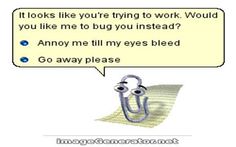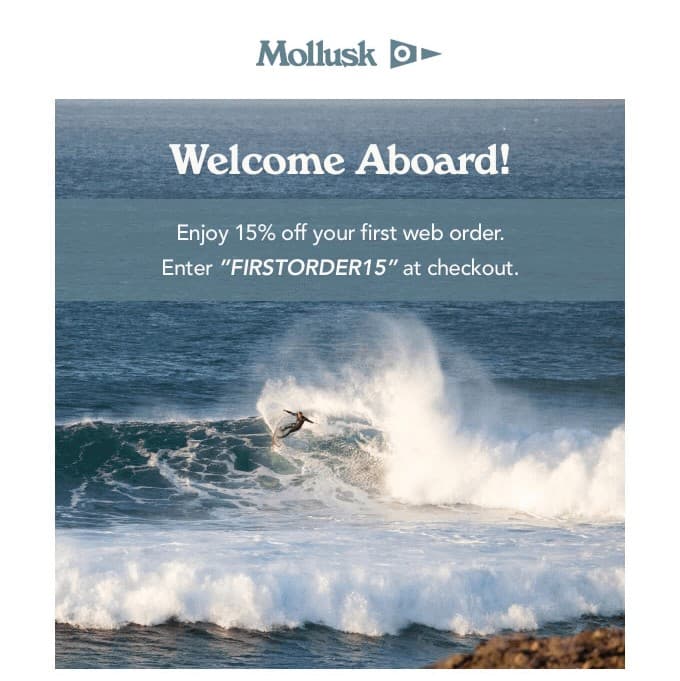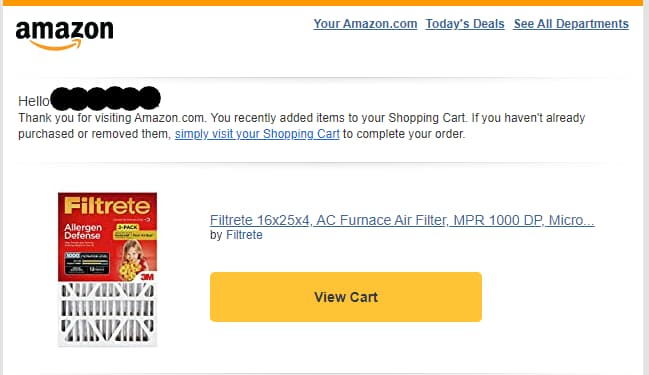8 user onboarding strategies to boost retention

.png)

.png)
Several years back, Microsoft released a study claiming that the average adult could only concentrate on a subject for eight seconds before losing focus. Decades of high schoolers falling asleep in Algebra II support this observation, but the study has been widely contested since its release. If humans can only focus for eight seconds, how did they construct the Great Pyramid, endure the popularity of Rush, or marathon 22 Marvel movies in a row?
Research backs up the fact that businesses have a short time to hold a customer’s attention. According to a 2021 study from Vidyard, 42% of people won’t finish a video posted by a business (even if it’s less than 60 seconds in length). Contentsquare reported similar findings last year claiming that people spend an average of 54 seconds on a web page before moving on.
If this intro took you eight seconds to read and you’ve already lost focus, we’ll get to the point: reveal the value of your product to a new user quickly or risk losing their attention entirely. You’ll increase the odds of retaining your new customers when you focus your user onboarding process on building a frictionless journey from sign up to activation in the shortest possible time. We’ve compiled a list of user onboarding strategies to help users find your product’s most critical value events without slowing them down.
The first time a customer realizes the true value of your product is often called an “aha!” moment because it fundamentally changes their relationship with your product. Through one critical retention event, the user goes from hoping your product will alleviate their pain points to understanding how it’ll do so.
You can’t afford to leave a user reaching your product’s critical retention event to chance because 80% of users churn within three days of downloading a mobile app. Your onboarding process needs to quickly guide customers to a critical event.
But before you start tweaking your customer onboarding process, knowing your product’s aha moment is essential. “Your app's technical specs, development innovations, and success metrics should all take a backseat to the actual benefits it provides your users,” says Martin Gontovnikas, co-founder of HyperGrowth Partners and ex-SVP of marketing and growth at Auth0. Your customers' behavioral data will reveal what event in their user journey triggers activation. The critical retention event usually centers around the completion of a company’s original value proposition—like a customer downloading a song from a streaming service, or completing a purchase on an ecommerce site.
Good customer research enables companies to build products and experiences that speak directly to what users want and need. A product with a thousand incredible features but no use is likely to gather dust in the basement next to your Shake Weights, Snuggies, and Tamagotchi. Alternatively, products built with a customer’s needs in mind are more likely to be used.
When you research your customers before optimizing your onboarding process, you’ll get a better understanding of what draws them to your product in the first place. During product discovery, your research probably helped you identify potential user pain points. But feedback from prospective users is gained through:
These methods of research work well for both new and existing products. However, the feedback you gain will be qualitative, not quantitative. If you have an established product, you can gain quantitative customer feedback using:
Product tours and walkthroughs help prevent customers from getting lost on the way to their aha moment. A product tour uses in-app messaging like modals and slideouts to gently guide customers from Point A to Point B to Point “Cool, I got the hang of this!”
The best product tours provide guidance in the fewest steps possible. Customers don’t like being interrupted every three seconds with a Microsoft Clippy-level of zeal. Too many in-app messages can actually break a user’s experience instead of smoothing it over.

Everyone comes to your product from different experiences and with different agendas, and your onboarding experience should reflect this. Customers increasingly prefer tailored experiences to “one-size-fits-all.” 90% of customers find personalization to be an attractive feature offered by a brand, and 80% of them are more likely to engage with a business that offers personalized customer experiences.
Personalization does more than attract customers to your product—it keep them there. A personalized onboarding process meets customers on their level and eases them into your product with the right tone and cadence. For example, in-app messages guide a customer through your product’s set up to ensure a smooth transition from sign up to activation.
To maximize personalization, implement separate onboarding flows for users with different preferences, demographics, or behaviors. A new user is likely to need more in-app guidance than a user who is returning to your product after a short time away. A savvy product team can develop separate flows to accommodate the varying levels of experience of each cohort: one with a “welcome back!” level of minimum interference and another with a full-fledged product tour.
Welcome emails do more than offer a warm hello to your newest customers for a good first impression. A finely crafted welcome email greets users at the stage of their life cycle when they’re most engaged with your brand. Effective emails drive customers to action and can even fast pass them to the all-important critical retention event, like the Mollusk Surf Shop email below.

High impact welcome emails include:
Gontovnikas says, “Asking users to make too many decisions early in the onboarding process will mentally exhaust them, until they’re not interested in your service anymore.” Don’t bog down the onboarding experience by asking customers for unnecessary details before they have a chance to reach their aha moment. 11% of web visitors admit to bailing on a purchase because the site asked for too much information up front. While scrutinizing your current onboarding process, ask yourself: What information do we absolutely need from a user before they get started?
In some cases, the question is less about what info is needed and more about when it’s needed. Imagine working on an ecommerce product. Asking for payment information as a requirement to get started is time-consuming and assumptive. You haven’t even begun establishing value to your customer.
Instead, if you prioritize essential information like a username and password upfront, the customer can head toward their critical retention event quickly. Your customer adds items they desire to the cart and decides to check out. They don’t mind filling out their payment info to complete the purchase because they’re invested in your product and what it’ll deliver for them. Less important but still-desirable demographic or personal info should be gathered later in the onboarding process—after the aha moment if possible.
Even the most effective onboarding process is likely to lose a few new users along the way. You should monitor your customer’s behavioral data as they make their way through onboarding to see who has stopped progressing and requires a push in the right direction. Alternatively, send wayward customers surveys to ask them directly about what caused them to wander.
Sending gentle prompts to customers helps refocus them on their aha moment. In-app notifications can remind customers that they haven’t completed essential tasks, but this method doesn’t work for customers who’ve stopped using the product in general. These customers are best targeted via an email that reminds them of the reason they started using the product in the first place.
One of the more famous examples of this strategy is Amazon’s “abandoned cart” email. While such emails can be sent to users at any point in the customer life cycle, the email takes on special importance when the user abandons a cart before completing their first purchase.

Sometimes the best way to retain new users is to tweak your onboarding flows. Usability tests will reveal some of the more obvious flaws in your current process, but they can only test what’s already there. Customer feedback may elicit a wish list of features or changes, but some suggestions may range from fanciful to downright unhelpful.
A/B testing helps determine how changes to onboarding flows impacts the customer journey. Perhaps you’d like to test how adding an additional in-app message to the product tour impacts a customer’s chances of making it to their aha event. First, you should build a cohort of users and test their rate of success in your existing flow. Next, you should build a similar cohort of users and send them through a version of your new potential flow. If the conversion rates differ between the flows, you should test them again to ensure consistency in the results.
The key to successful A/B testing is user segmentation. You should build cohorts of users who are behaviorally similar to get a better sense of how users will react. Segments can be created by grouping customers by similarities in a number of categories, including:
It’s important to keep in mind why you’re trying to retain customers as you evaluate your current onboarding process. Studies show that a 5% increase in customer retention rate can increase profitability by 25%. That statistic doesn’t include the value of a satisfied customer’s positive word-of-mouth as they praise your product to six or more people they know.
Before you implement new user onboarding strategies, you must first establish a baseline for your retention rate. How many new users make it all the way to your product’s aha moment? Where do most of the churned users drop off? Armed with that knowledge, you should begin to align your onboarding process with the value your product provides for customers. Just in case that whole “eight-second attention span” bit is true, we recommend you get it on it ASAP.